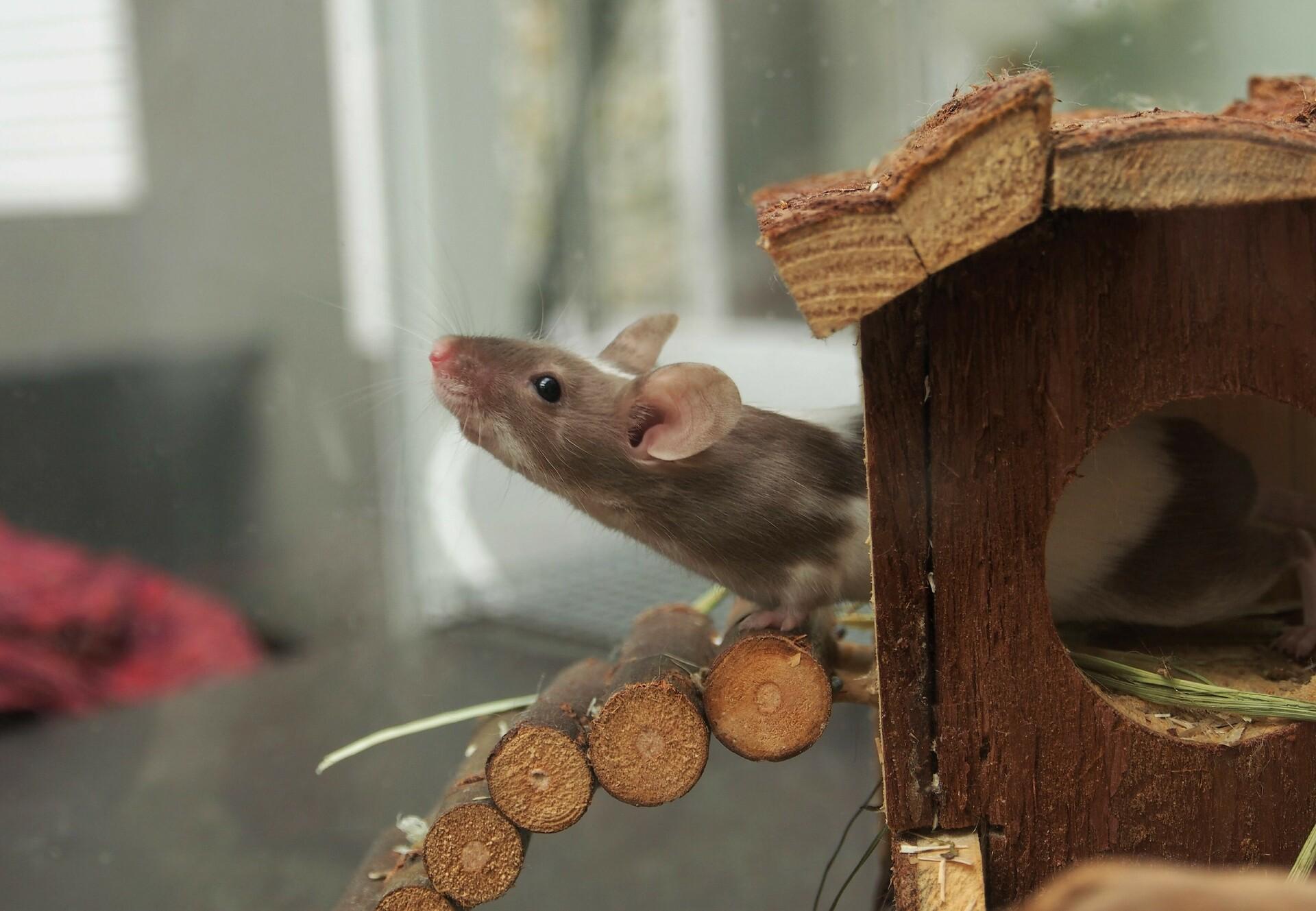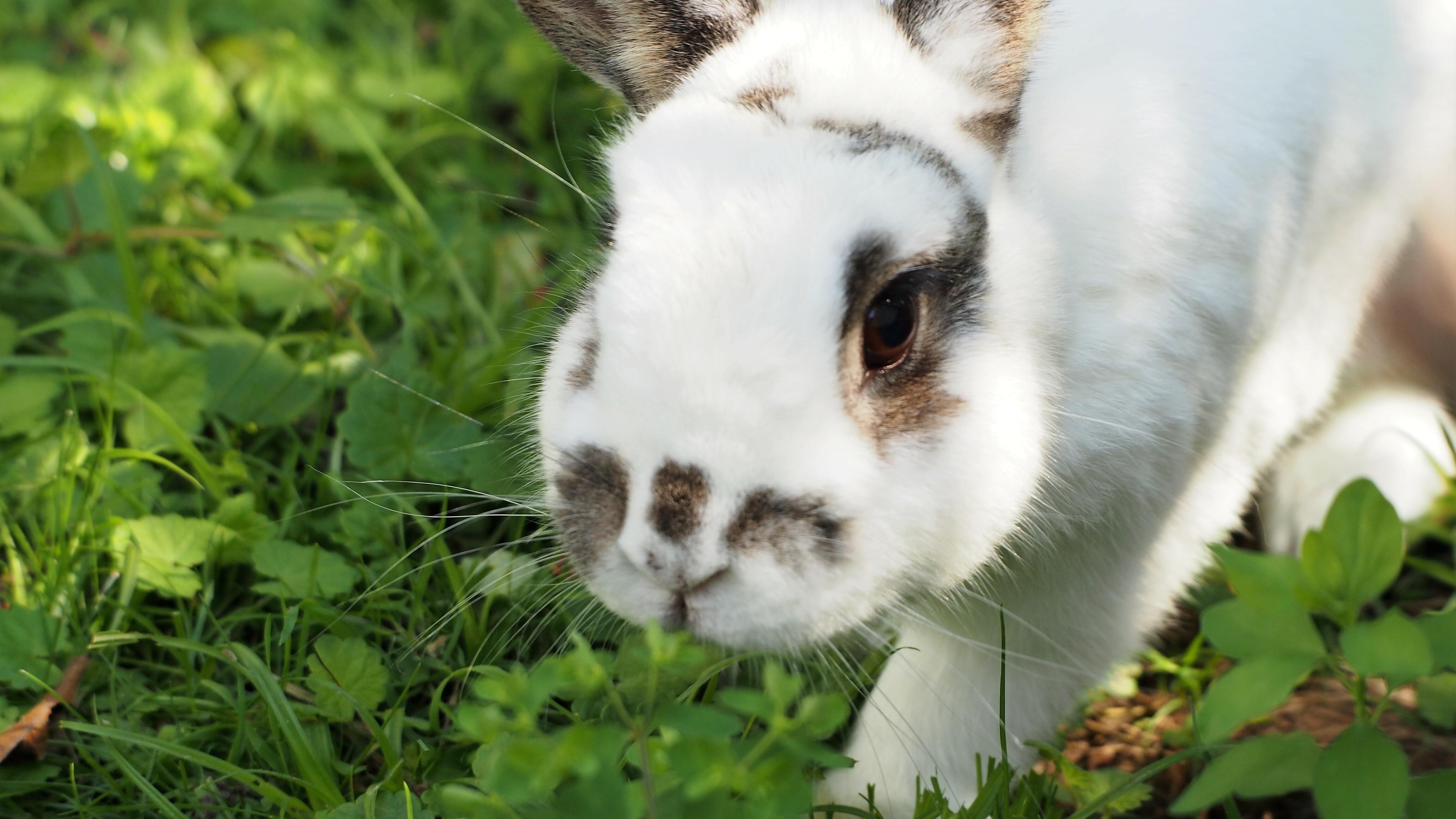
Small mammals as pets
Guinea pigs, rabbits, hamsters, mice, and rats – only for committed families
The term ‘small mammals’ refers to small animals, mostly – but not exclusively – rodents that are kept as pets. Well-known small mammal pets include guinea pigs, rabbits, hamsters, mice, and rats. No matter how small they are, every species has needs that must be met by their owners. Small mammals are only for committed families, this is because pets are entirely dependent on their owner’s care for their whole life in terms of food, shelter, exercise, enrichment, and social companions. If a family wish to take on a small mammal as a pet then they should research all their pets needs to ensure that they can fulfil them, before acquiring a pet.
Small mammals have special needs
Due to their size, small mammals are often viewed as “simple” pets or “starter animals” – ideal for children. They are thought to take up little space, little time and not to require much attention. A sad misconception – as will be covered here.
Research into the owners of small mammals has shown that many owners are not knowledgeable in providing species appropriate care for their pets. They are often kept in too small enclosures or cages and not given enough space for free movement and exercise. Their nutrition is often unsuitable, they are mishandled and many of the social species are kept solitary. In addition, the owners are not providing sufficient veterinary care for their pets, which may result in low life expectancy. The research also showed that owners were unable to understand the behaviour of the animals. A closer look at the animals’ anatomy, natural behaviour and social needs shows that small mammals are a lot more than ‘easy starter pets’ for adults and children.
Natural Behaviour
The natural wake and sleep cycles of small mammals depend on their species-specific activity time (diurnal, crepuscular and nocturnal), with many species being nocturnal meaning that they are naturally awake and active at night and then sleep during the day. The lives of crepuscular and nocturnal animals (hamster, mice, rats, rabbits) are not compatible with the busy and loud environment of a child’s bedroom or a living room occupied by a family. The constant disturbance of their sleep due to the noise and light levels is detrimental to the health and welfare of the animals.
Small mammals are also prey animals which means that they are preyed on, caught, and eaten by predators, they are therefore sensitive to sudden movements and may feel threatened when being handled. Rabbits and guinea pigs can go into freeze mode out of fear and this can often be misinterpreted. A sudden movement or an unfamiliar noise can trigger panic in small mammals so that they either try to run away or freeze. Adults and children need to understand the behaviour of small mammals to care for them appropriately and not to cause stress for the animal.
Anatomy
The delicate build of a lot of small mammals means that they can be injured with handling. Hamsters are known to have frequent bone fractures from being held too tight. The tail of gerbils can break off when pulled. Guinea pigs have a relatively fragile skeleton for their size and a fall from mishandling can lead to fractures. Since small mammals hide their pain (an instinct of prey animals) there is a high risk that breaks will go unnoticed and therefore untreated.
Social needs of small mammals
Many small mammal species live naturally in social groups with hamsters being the only exception to this. Hamsters mainly live as solitary animals and should be kept as solitary pets. Rabbits, guinea pigs, rats and mice are all social species who need to have a social partner of the same species. Cross-species groups and solitary keeping of these social animals can affect not only their psychological well-being, but also their physical health.
Small mammals as pets for children
Growing up with a pet has many advantages for the development of children. They gain self-esteem and self-confidence; they learn to build trusting relationships, develop compassion and empathy, as well as responsibility and respect for other living creatures.
However, children generally are not able to look after a pet independently and will need the support of their parents. If a child wishes to have a pet, it should be the decision of the whole family, and the responsibility for the pet should rest upon the parents, not the child. Often a child will want a pet but the novelty of having a pet will quickly pass and they may grow bored of the responsibility as new interests take over. Therefore, acquiring a pet must be the parent’s decision and they must be happy to be the main carers for the pet for the pet’s entire life. If parents are unable to take on this responsibility, then it is recommended not to take on a pet until the time is right. We recommend taking our 30-day small mammal challenge to help you make this decision. If this is the right time, then there are many things you will need to consider, the following information will help guide you in this decision.

Which pet is right for my family?
It is very important that you carry out as much research as possible to find the right pet for your family and lifestyle. For further guidance you can find more information here.
If having read this information you are sure you meet all the requirements for keeping a pet, the question remains which small mammal best fits into your family and lifestyle. Every small mammal species has its unique needs and these need to be met if you want to take on a small mammal as a pet. FOUR PAWS has compiled information on rabbits, guinea pigs, rats, and mice as pets for further guidance:
Adopting a pet from an animal shelter
There are many small mammals in animal shelters waiting for a home. When acquiring a pet, your first stop should always be your local animal shelter. The shelter or rescue centre’s well-trained staff will be happy to answer your questions and advise you as to the right pet for your situation. Many small mammals are handed into shelters due to being bought for children and by families who no longer want the responsibility of taking care of them so it is important that you can offer a responsible and loving home for the whole of the animals’ life.
